|
|
ICHTHYOSAUR - DETAIL PHOTOS OF MECHANISM
|
This prototype robotic "fish" is actually modeled on a family of ancient marine reptiles known as Ichthyosaurus.
This robot has a single large motor driving its tail. There are two degrees-of-freedom (DOF) per front fin, which provide stability. The head rotates to aid orientation, and the jaw is actuated for animation purposes, giving the robot a total of seven DOF.
|
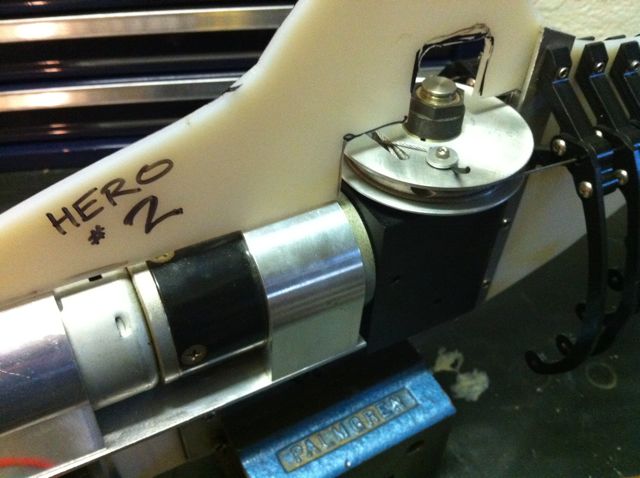
|
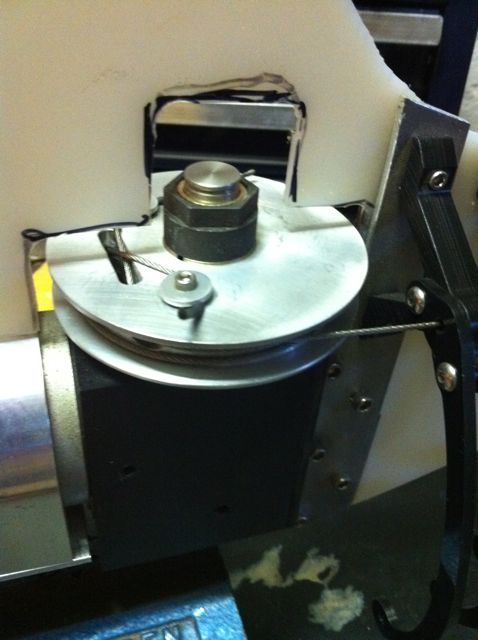
|
This original sculpture was molded in silicon and a skin will be cast in urethane rubber to provide a water-tight seal as well as create the overall look and asthetic.
The video below shows the mechanical action of the tail during an early test phase.
|
|
This prototype robotic "fish" is actually modeled on a family of ancient marine reptiles known as Ichthyosaurus.
This robot has a single large motor driving its tail. There are two degrees-of-freedom (DOF) per front fin, which provide stability. The head rotates to aid orientation, and the jaw is actuated for animation purposes, giving the robot a total of seven DOF.
|
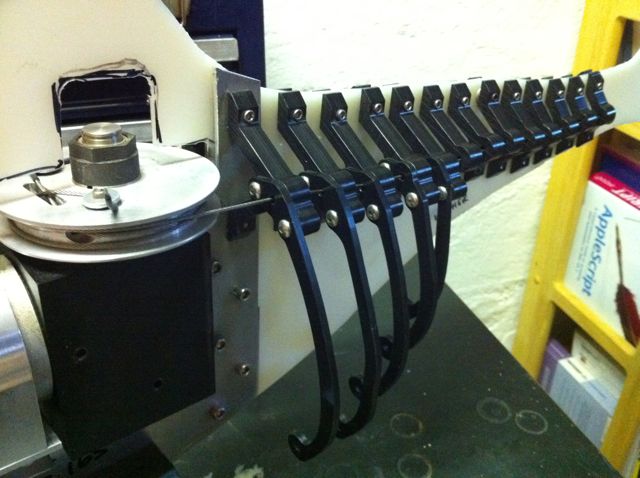
|
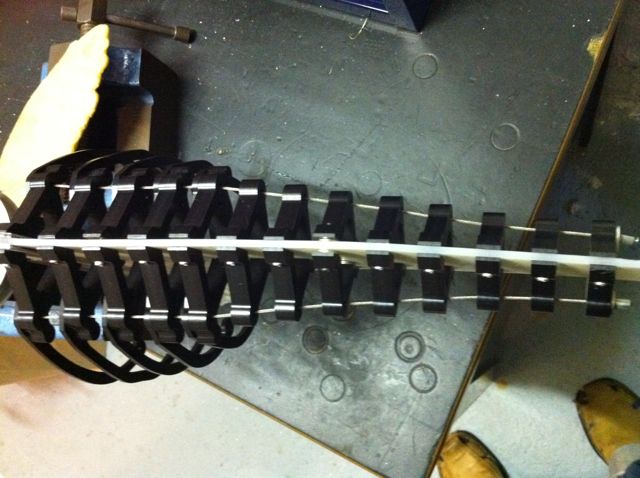
|
This original sculpture was molded in silicon and a skin will be cast in urethane rubber to provide a water-tight seal as well as create the overall look and asthetic.
The video below shows the mechanical action of the tail during an early test phase.
|
This prototype robotic "fish" is actually modeled on a family of ancient marine reptiles known as Ichthyosaurus.
This robot has a single large motor driving its tail. There are two degrees-of-freedom (DOF) per front fin, which provide stability. The head rotates to aid orientation, and the jaw is actuated for animation purposes, giving the robot a total of seven DOF.
|

|
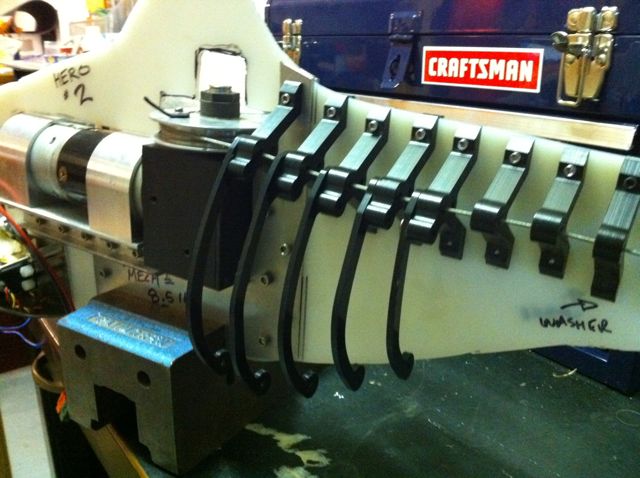
|
This original sculpture was molded in silicon and a skin will be cast in urethane rubber to provide a water-tight seal as well as create the overall look and asthetic.
The video below shows the mechanical action of the tail during an early test phase.
|
This prototype robotic "fish" is actually modeled on a family of ancient marine reptiles known as Ichthyosaurus.
This robot has a single large motor driving its tail. There are two degrees-of-freedom (DOF) per front fin, which provide stability. The head rotates to aid orientation, and the jaw is actuated for animation purposes, giving the robot a total of seven DOF.
|
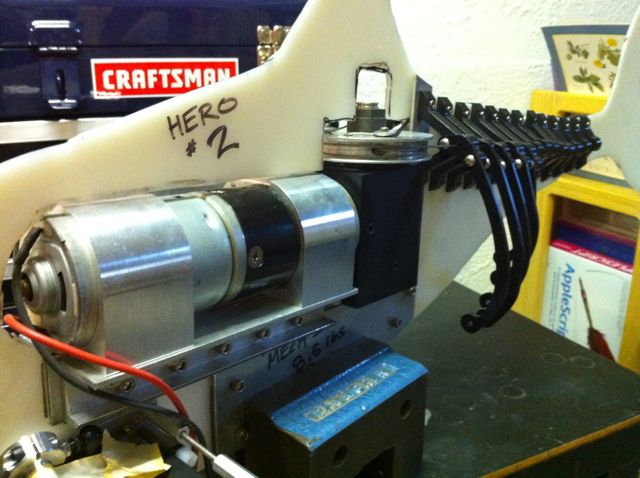
|
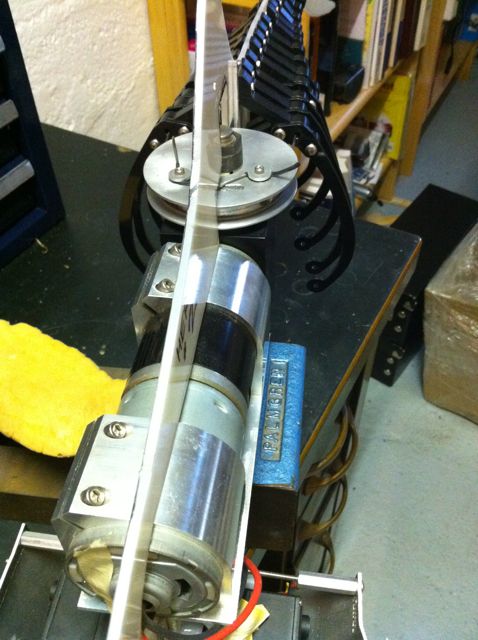
|
This original sculpture was molded in silicon and a skin will be cast in urethane rubber to provide a water-tight seal as well as create the overall look and asthetic.
The video below shows the mechanical action of the tail during an early test phase.
|
This prototype robotic "fish" is actually modeled on a family of ancient marine reptiles known as Ichthyosaurus.
This robot has a single large motor driving its tail. There are two degrees-of-freedom (DOF) per front fin, which provide stability. The head rotates to aid orientation, and the jaw is actuated for animation purposes, giving the robot a total of seven DOF.
|
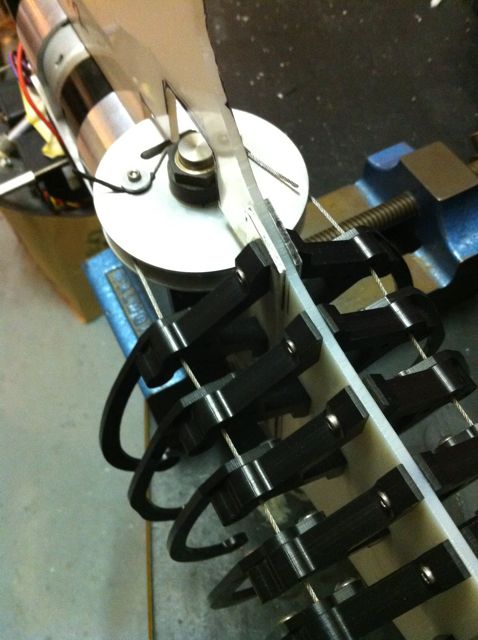
|
|
|
|
|
|
